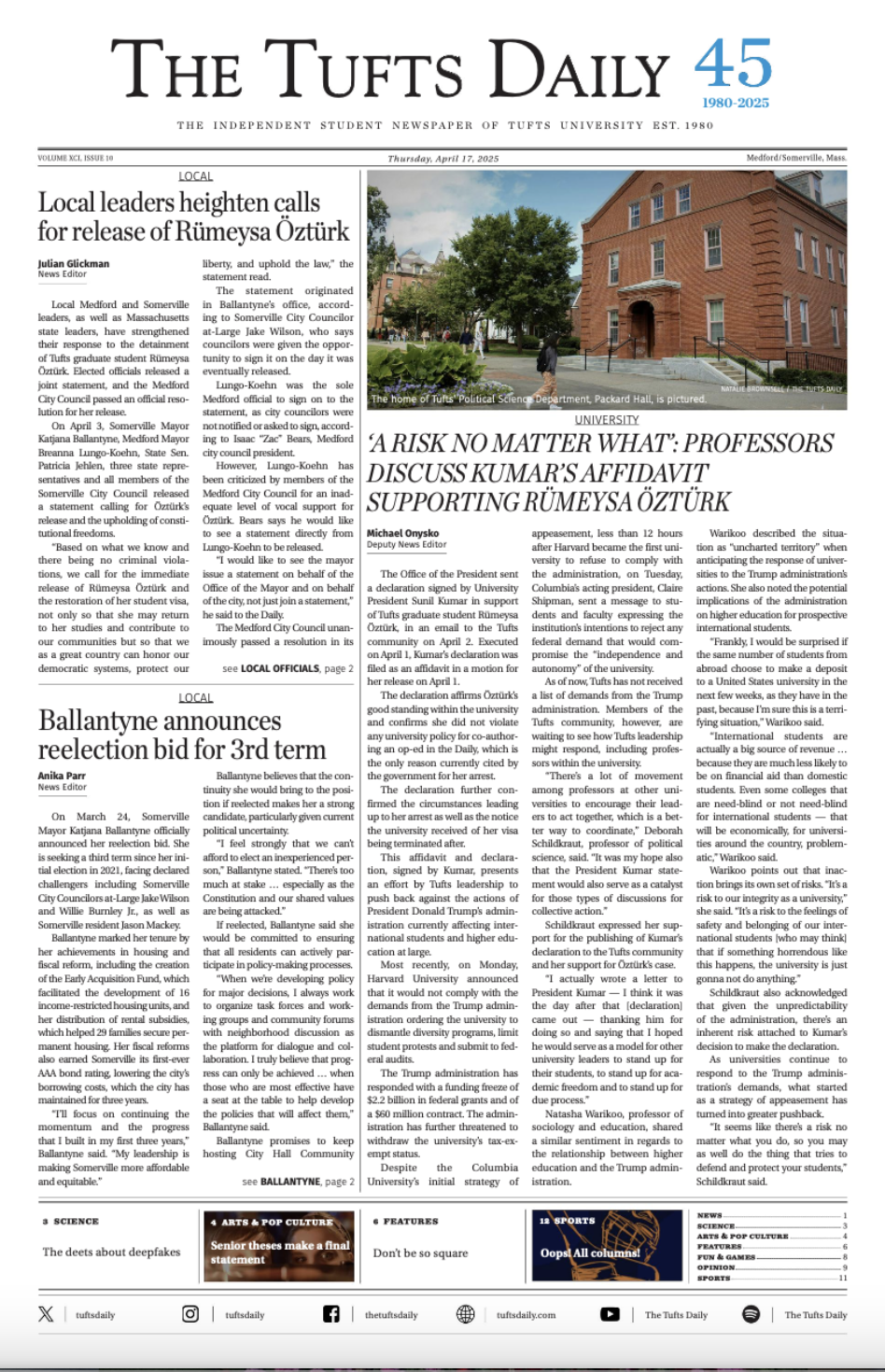Modern architecture has always been a topic of controversy. Ever since the house became a “machine for living” as Le Corbusier notoriously declared in his treatise "Toward an Architecture" (1923) people started developing strong opinions on buildings and even some “real” feelings for architecture. With the technological advancements of the 20th century and accompanying obsession with efficiency, ornamentation became a crime and architecture was stripped of its excesses. The built environment that was taken for granted, seen as a flat surface and just the backdrop for our lives veiled deep in the mystiques of history became a spectacle of critique.
Feelings of controversy reached new heights when three students from the Columbia Graduate School of Architecture, Planning and Preservation, Michael McKinnell, Gerhard Kallmann and Edward Knowles designed the new Boston City Hall to be built in 1968. One Boston Globe columnist wrote “Dear lord knock it down” and described it as an “atrocious waste of space.” Why so mean Boston? This project was the young architects' ultimate dream. Spending countless hours at the studio, designing utopian projects that could never possibly be realized, dizzied by the dreams of modern architecture only to have the opportunity to execute them and see it fail. As an architectural studies major I cannot help but plea for a second look at this brutalist landmark despite the unanimous distaste.
Brutalism was when utopia met dystopia. Brutalist architecture did not feel the need to dress up a building. The concrete was left bare without the soothing warmth and comfort of the red brick envelope that is characteristic of Bostonian architecture wrapping it. It was a statement. But what was the source of such hatred? Was it the nakedness of concrete that offended the eye or the gigantic scale of the building that made one feel vulnerable? The project was conceived as a part of the city’s major redevelopment plan. The densely knit, ethnically diverse, working-class urban fabric of the West End was swept away to be replaced by luxury apartment buildings, grand highways and Boston City Hall. The problematic urban renewal plan seems to be forgotten these days, but the hate for Boston City Hall is still there as the building ranks at the top of the ugliest buildings lists almost every year.
It might be ugly, but the brutalist Boston City Hall started a conversation on what architecture should be and for the first time people stood up for themselves, calling for an architecture for humanity. Not just a machine that functioned but also an architecture that responded to its environment, claimed its history and most importantly, cared deeply about the people who are going to inhabit it. Art is brutally honest. Why can’t architecture be?
-Irem Buğdaycı, Polykhroma
More from The Tufts Daily





